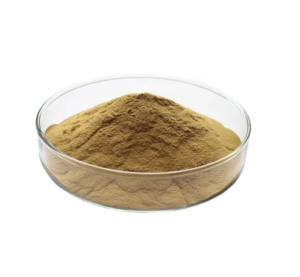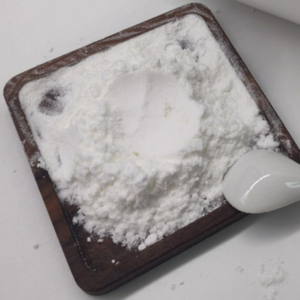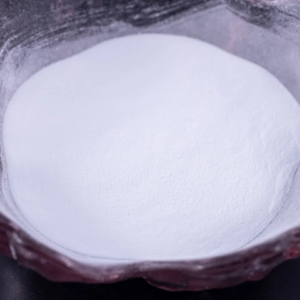Methylene chloride, also known as dichloromethane (DCM), is a volatile organic compound with the chemical formula CH2Cl2. It is a colorless, volatile liquid with a sweet odor similar to chloroform. Here are some key points about methylene chloride:
- Chemical Structure: Methylene chloride consists of two chlorine atoms attached to a central carbon atom, with two hydrogen atoms. Its chemical formula is CH2Cl2.
- Production: Methylene chloride is primarily produced by the chlorination of methane or chloromethane. It can also be obtained as a byproduct of the production of chlorinated solvents, such as chloroform and carbon tetrachloride.
- Properties:
- Volatility: Methylene chloride is a volatile liquid with a relatively low boiling point of around 39.6°C (103.3°F) at atmospheric pressure. It evaporates readily at room temperature, producing vapors that are heavier than air and can accumulate in low-lying areas.
- Solvent Properties: Methylene chloride is an excellent solvent for a wide range of organic compounds, including fats, oils, resins, and waxes. It is often used as a solvent in paint strippers, degreasers, adhesives, and aerosol formulations.
- Miscibility: Methylene chloride is immiscible with water but miscible with many organic solvents. This property makes it useful for extracting compounds from aqueous solutions or for separating organic compounds in liquid-liquid extraction processes.
- Flammability: Methylene chloride is flammable in vapor form and can form explosive mixtures with air at elevated temperatures. It should be handled and stored away from ignition sources and open flames.
- Uses:
- Paint Stripping: Methylene chloride is commonly used as the active ingredient in paint strippers and varnish removers due to its effectiveness in softening and removing paint and coatings from surfaces. However, its use in consumer products has been restricted or banned in some jurisdictions due to safety concerns.
- Degreasing: Methylene chloride is used as a solvent in degreasing and cleaning applications, particularly in industrial settings where precision cleaning of metal, plastic, and electronic components is required.
- Extraction: Methylene chloride is employed in laboratories and chemical manufacturing processes as a solvent for extracting natural products, isolating organic compounds, and purifying chemicals through liquid-liquid extraction techniques.
- Foam Blowing Agent: Methylene chloride is used as a blowing agent in the production of polyurethane foams, where it vaporizes and expands to create the cellular structure of the foam.
- Safety Considerations: Methylene chloride poses health hazards upon prolonged or repeated exposure, primarily through inhalation or skin contact. It is classified as a potential carcinogen by some regulatory agencies, such as the International Agency for Research on Cancer (IARC). Proper ventilation and personal protective equipment (PPE), such as respirators and gloves, should be used when working with methylene chloride to minimize exposure risks. Additionally, its use in consumer products has been regulated or restricted in various jurisdictions due to safety concerns regarding its toxicity and potential for environmental harm.








Reviews
There are no reviews yet.